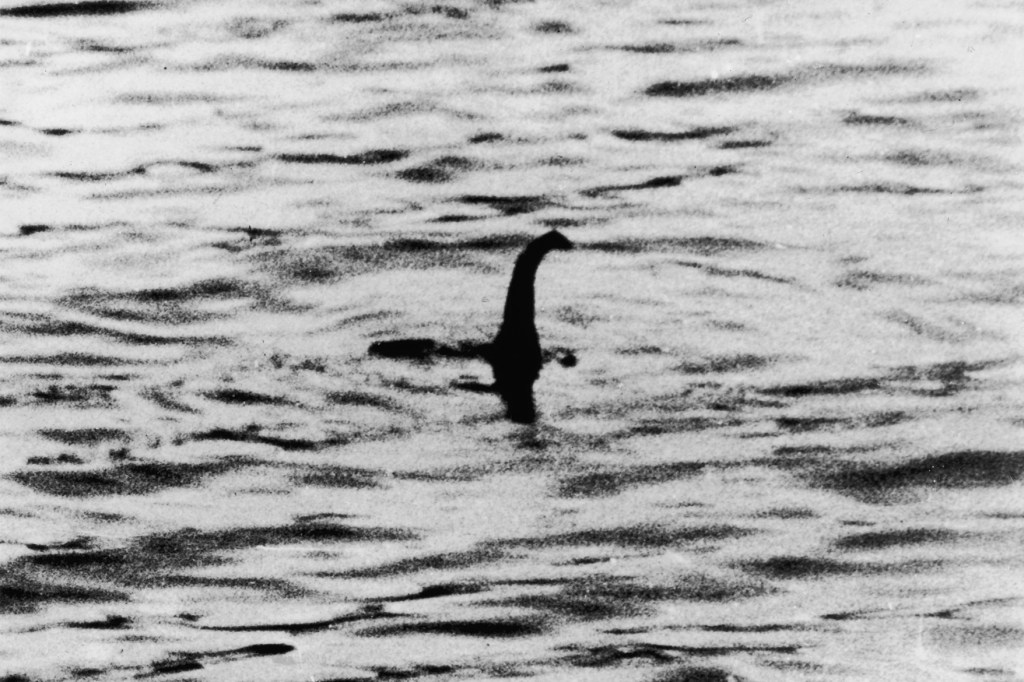There is a lot to love about humanity. One of my favorite things is that if there is a body of water of any significant size near a human settlement, there is bound to be at least one story about a monster in that water. Sea serpents and giant fish are pretty common stories. Tales of a plesiosaur that is alive much later than the scientific community thought possible—The Loch Ness Monster is often portrayed as one, although this is considered unlikely by scientists for a number of reasons. One is, of course, that plesiosaurs are almost definitely extinct (I also learned recently that they are not in fact dinosaurs, just marine reptiles that lived around the same time as dinosaurs—and according to a certain method of taxonomy, birds are actually dinosaurs!). The other reasons include: the loch isn’t big enough to support a population, the water is too cold for a cold-blooded reptile to survive in, and the bone structure in the neck of the plesiosaur would make the classic swan-like Nessie pose impossible. There are other descriptions of the Loch Ness monster, but the plesiosaur-like version seems to be the most common.
Plesiosaur-like is also the description of various other lake monsters, including: The Lake Elsinore Monster (Elsie) and the Lake Hodges Monster (Hodgee) in California, USA; the Devil’s Lake Monster (Hokuwa) in Wisconsin, USA; The Lake Van Monster in lake in Van and Bitlis, Turkey; The Lake Champlain Monster (Champ) in the northestern USA; The Lake Memphrémagog Monster (Memphré) in a lake in Vermont, USA and Quebec, Canada; The Twilight Dragon of Payette Lake (Sharlie) near McCall, Idaho; The Lake Nahuel Huapi Monster (Nahuelito) in a lake in Río Negro Province and Neuquén Province, Argentina and; The Lake Pend Orielle Monster (The Pend Orielle Paddler) in Idaho, USA.

One of my favorite things about lake monsters is that it doesn’t matter how impractical or impossible it is for them to exist, people will continue to believe in them. Even if they don’t literally believe in them. I don’t know how many people legitimately believe in the Loch Ness Monster. But many people say that believe in her. One of the most popular images of Nessie is known to be a hoax. People have done many experiments and tests to try and figure out if there is a very large creature in the lake with no real success. The most successful experiment was in 2018, when scientists conducted a DNA study in the lake. They did not find any plesiosaur DNA, but they did find quite a lot of eel DNA. This led to the theory that Nessie is a giant eel.
In the end, folklore isn’t about what is literally, factually accurate. It’s the stories that we tell each other and the way that we interact with each other. Whether there is a real live gigantic aquatic creature in that lake in the Scottish Highlands or not, it doesn’t really matter. Because if people believe in Nessie, she is real—just maybe not in the same way that a lion or a dog are.
Leave a comment